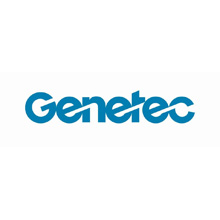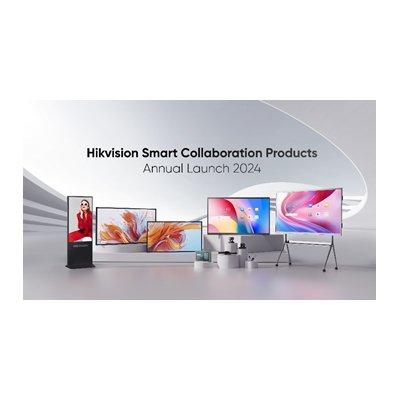 |
| Genetec's AutoVu mobile LPR system and integrated T2 eTicketbook in-vehicle citation writing software can enforce parking rules |
Four integrated parking solutions providers partnered to bring discussions about License Plate-Enabled Parking (LEP) to Dallas, Los Angeles, Newark and Miami over the last two weeks of January. Digital Payment Technologies, Genetec, Parkmobile and T2 Systems joined together to showcase LEP and the unified, virtual permit solution their technologies make possible. Attendees learned about the ecosystem of parking functions required for LEP, heard how each vendor executes their part of the total solution, participated in a panel discussion or customer presentation, and concluded the day-long event with a live demo of the solution.
By associating a parker’s license plate with their parking permissions, the plate serves as the parking credential, thereby obsoleting paper or decal permits and the costs associated with them. Parking is paid for with Parkmobile’s mobile application, at a Digital Payment Technologies LUKE II multi space meter, or through T2 Flex parking management software and eBusiness in the case of long-term permits. Genetec's AutoVu mobile Automatic License Plate Recognition (LPR) system and integrated T2 eTicketbook in-vehicle citation writing software, as well as T2 handheld ticket writers, can enforce parking rules across the entire parking operation. The four vendors together allow parking organisations to enjoy enhanced customer service offerings, groundbreaking operational efficiency gains, greater control over business rules and streamlined data management.
Importantly, the vendors illustrated how parking operators can start with one or two solutions and still benefit from the advanced technologies, and can add complimentary solutions to meet demand in the future. For example, pay stations offer an average of 30 to 40 percent increase in revenue by providing multiple payment options for consumers, removal of piggybacking on the previous vehicle’s unused time, and greater compliance by consumers with ability to extend parking through any pay station in the area via mobile phone. Another example is by leveraging ALPR, the parking operator can increase enforcement efficiency by 10- or 20-fold.
The four vendors together allow |
Many parking organisations in the United States have implemented some of the offerings that constitute an LEP solution, and operations are increasingly interested in adopting the entire LEP ecosystem of technologies. For example, Loyola Marymount University recently implemented the four-vendor solution to manage parking without physical gates or permits, and spoke about their experience at the LEP Forum in Los Angeles.
The University administration felt strongly that, to preserve LMU’s unique feel, parking gates should be avoided when possible. “We are now charging for visitors and long-term parkers, both in mixed lots, and we have almost no gates—all of our parking is mixed use. Frankly, the capital investment of the access and revenue control hardware would have added substantial cost to the project that the LEP solution lets us ignore,” said Mike Wong, VP of Administration Services at Loyola Marymount University.
“This was a big step for us, going virtual,” continued Wong. “It was scary at first. But now that we have seen it in action, I’m convinced that it really is the way to go. It frees up parking staff, allows customers to avoid lines at the office, and it’s efficient to enforce with T2 Handhelds and the eTicketbook integration with AutoVu ALPR.”
You can read more about the benefits Loyola Marymount University has experienced with their LEP solution in this case study.
The four vendors are planning additional LEP Forums. Please register your email at http://www.genetec.com/LEPForum2013 to be notified of future dates and locations.


















